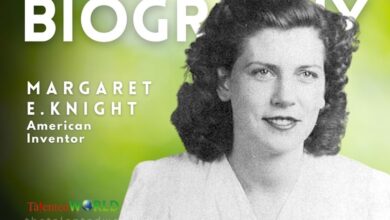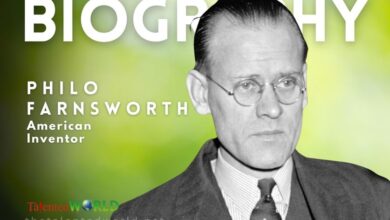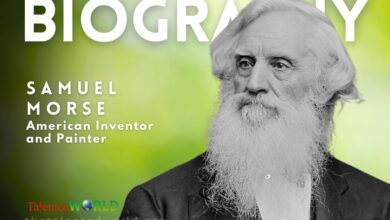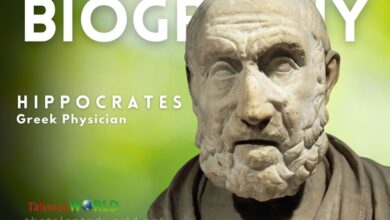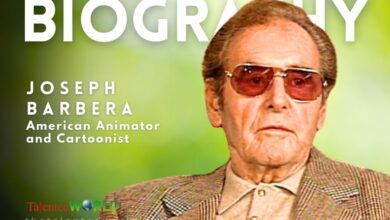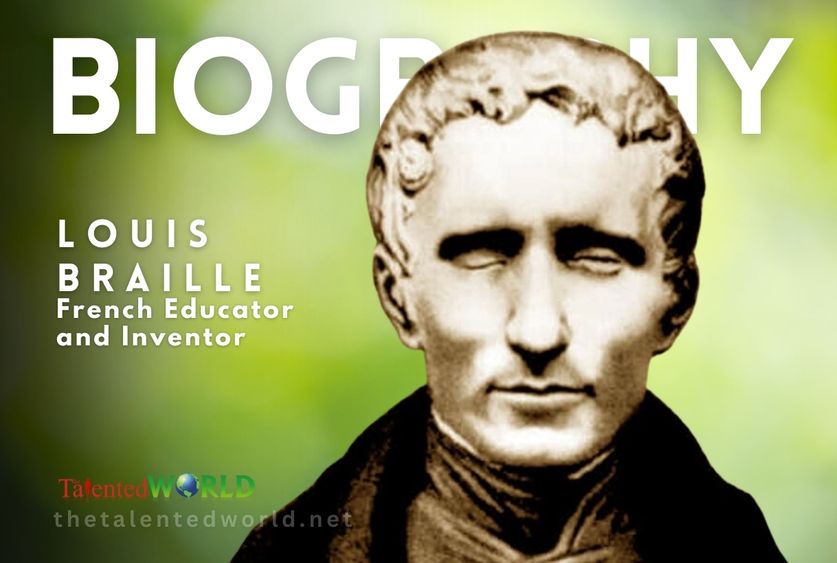
Quick Facts
| Category | Information |
|---|---|
| Full Name | Louis Braille |
| Birth | 4 January 1809 |
| Place of Birth | Coupvray, France |
| Death | 6 January 1852 |
| Place of Death | Paris, France |
| Resting Place | Panthéon, Paris; Coupvray |
| Occupations | Educator, inventor |
| Known for | Inventing braille, a reading and writing system for visually impaired people |
| Early Life | – Blinded at age three due to an accident with a stitching awl |
| – Developed a tactile code system for blind people while still a student | |
| – Presented his work to peers at age fifteen | |
| – Served as a professor at France’s Royal Institute for Blind Youth | |
| – Spent adulthood refining and extending the braille system |
Louis Braille Books
New Method for Representing by Dots, the Form of Letters: The 1839 Brochure

